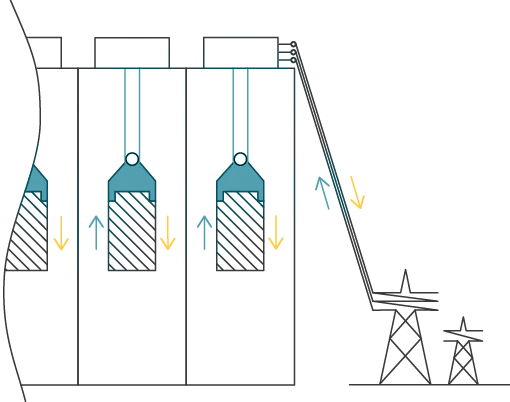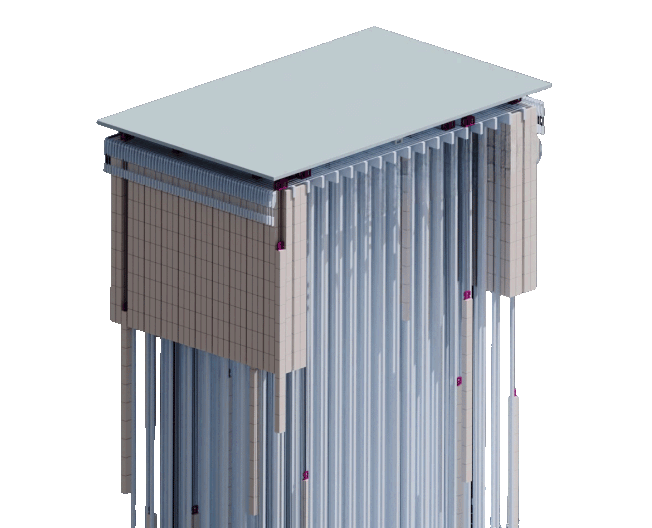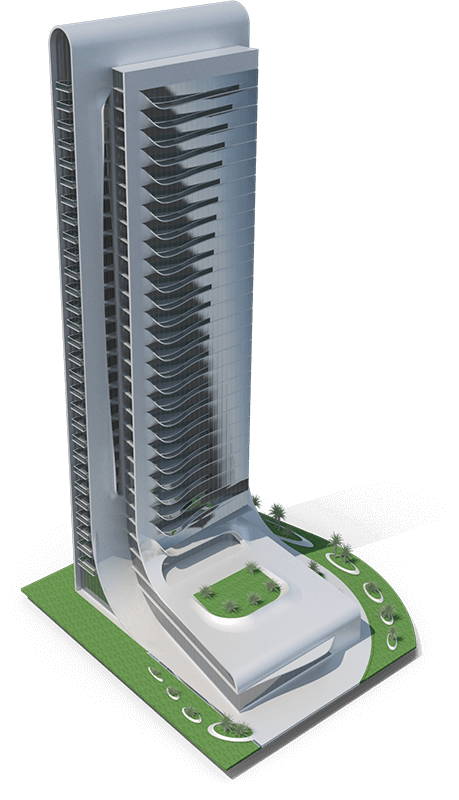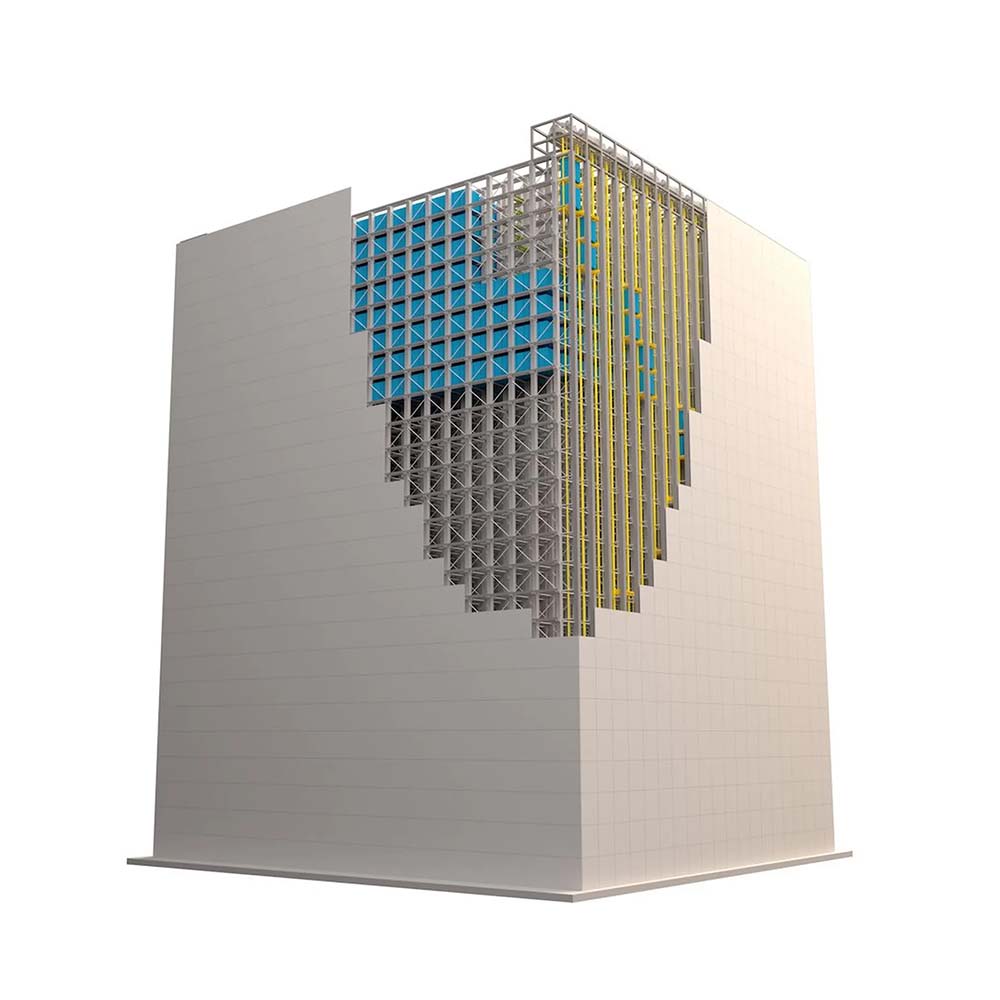Gravity in Command - Vertically Stored Energy
Remember the pendulum clock? Well, at a time when sustainability has become imperative, imagine a future where the same principle is used to generate energy on a large scale. This is already being done in vertical structures or buildings, harnessing the force of gravity. It’s another new frontier in energy storage that could revolutionise the way we manage renewable energy. The idea is simple and powerful: use gravity to store and release energy through composite blocks, raised by surplus energy (from renewable sources) and lowered to generate electricity when needed. This method not only maximises energy efficiency, but also offers a sustainable and innovative solution to the energy challenges of the 21st century.


Gravity Domain: Vertical Energy Storage
The concept of gravity-based high weight storage (LWS) is both elegant and ingenious. Using principles that go back to the foundations of physics, such as potential energy (E = mgh), this system stores energy by lifting large blocks, usually during periods of excess renewable energy production, such as bright sunny days or strong winds. When energy demand increases, these blocks are lowered, converting potential energy into kinetic energy, which is then transformed into electricity via turbines.
This type of system is promising because it doesn’t rely on traditional batteries, whose raw materials are often expensive and limited. In addition, its energy conversion efficiency, which can exceed 80 per cent, makes it competitive with other forms of energy storage, such as hydroelectric pumping. Applications range from self-sufficient systems in buildings to large-scale solutions for powering microgrids and critical infrastructures, i.e. the system generates more energy than the building needs and could thus potentially power other structures in the area.
High Infrastructure Integration: The New Horizon of Renewable Energies
One of the most fascinating aspects of this technology is its ability to be integrated into high-rise buildings. Imagine skyscrapers that not only serve as corporate or residential headquarters, but also function as giant batteries. These buildings, as well as being designed to withstand the most adverse weather conditions, such as strong winds and earthquakes (an issue that is once again on the agenda), would also have the capacity to store energy on a large scale, being able to power not only the building itself, but also the surrounding areas.
The development of structures like these could achieve storage capacities of multiple GWh, with an estimated carbon payback time of between three and four years. In addition, the modularity of the design allows it to be adapted to different urban and natural settings, increasing the feasibility and flexibility of implementation in different contexts.


The Symbiosis of Innovation and Sustainability: The Future of Energy Storage
The real revolution of this concept lies in its promise of long-term sustainability. By using only renewable energy to lift the blocks, such as solar and wind, this system minimises the ecological footprint and maximises the use of available resources. What’s more, as a large-scale storage system, it can help mitigate the challenges associated with the intermittency of renewable sources by providing a stable and reliable solution for managing the electricity grid.
Gravity as a Driver of the Energy Transition
Projects such as Energy Vault, Gravient, Gravitricity and Energozapas with their LWS are producing innovative and efficient approaches to energy storage, using gravity as a powerful tool to solve the challenges of renewable energy intermittency. This solution is not only sustainable and economical, but can also be intelligently integrated into urban infrastructures, offering a viable and practical response to the growing energy needs of the modern world.
As we move towards a more sustainable future, and provided that well-developed studies prove that these technologies can represent an important step towards creating a more balanced and resilient energy system, gravity could play a central role in maintaining the stability and efficiency of the electricity grid.

WiseBuilding® is technically qualified to support any project that includes the integration of energy management systems and is highly committed to helping building owners achieve their savings and sustainability goals. Contact us.
WISEFRAMEWORK is a BACnet B-AWS certified software solution for state-of-the-art integration, control, management and visualisation in building automation systems. Developed to redefine the way buildings are operated through an open platform and seamless harmonisation between building-generated data by supporting various protocols, including BACnet, Modbus, KNX, OPC-UA and MQTT. Through the use of Haystack technology, the software also empowers the building for the future at the forefront of integrating the various technical systems.







